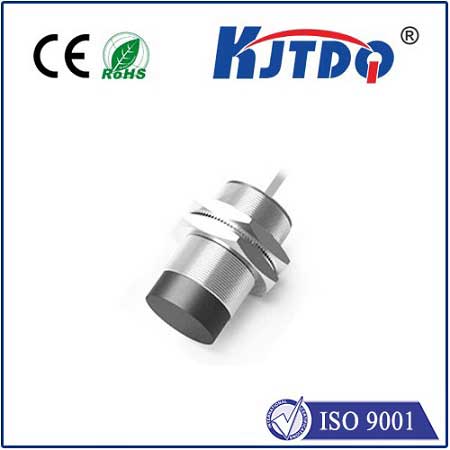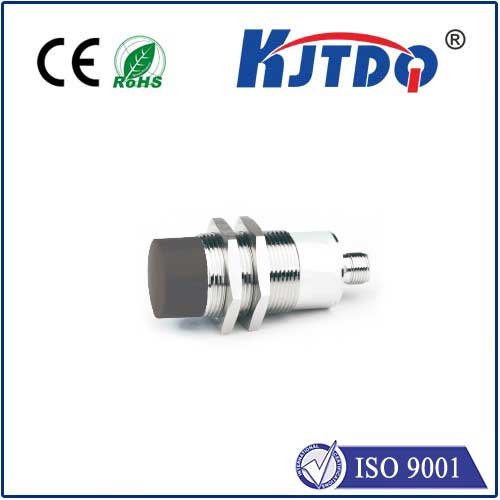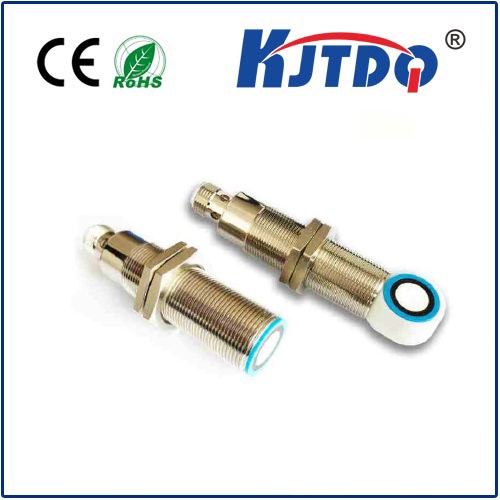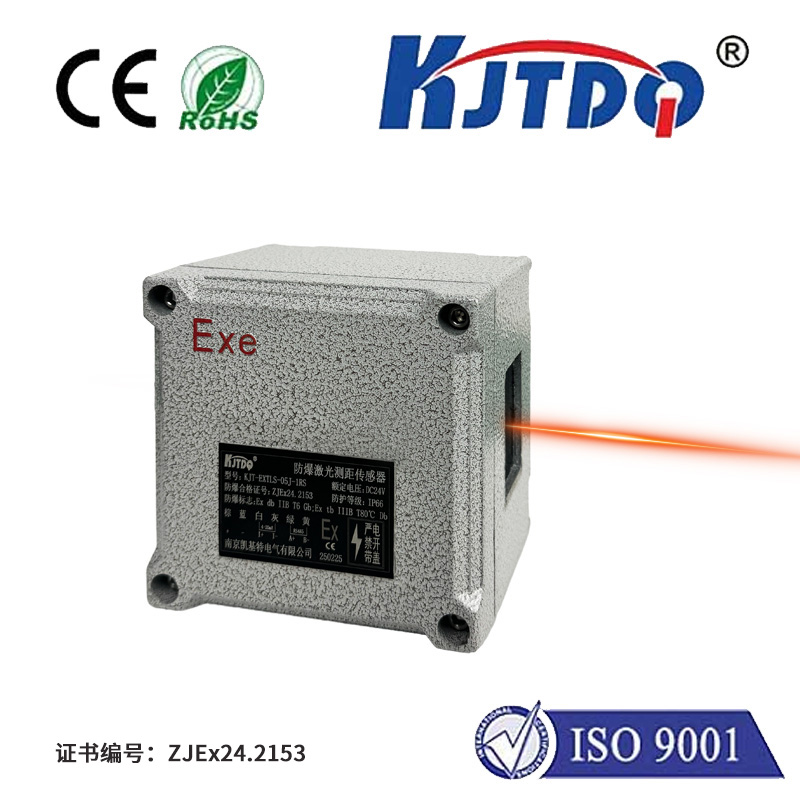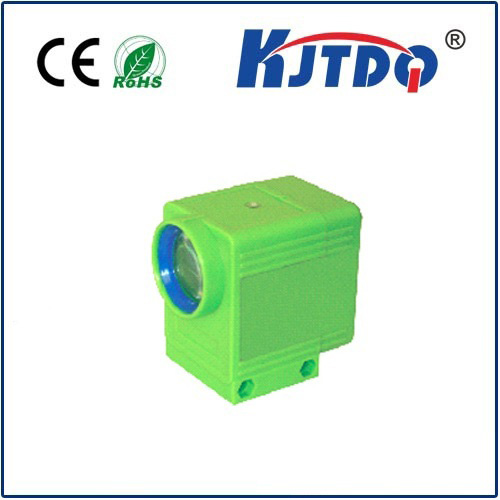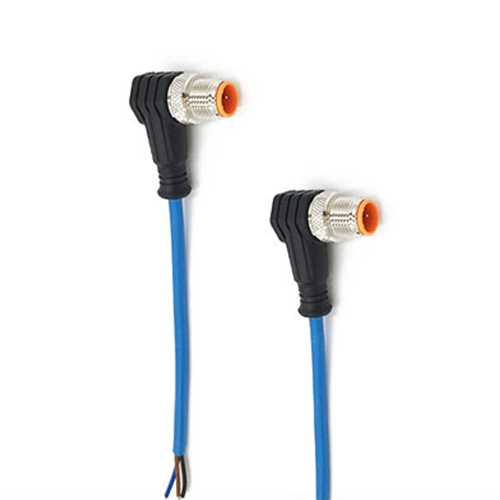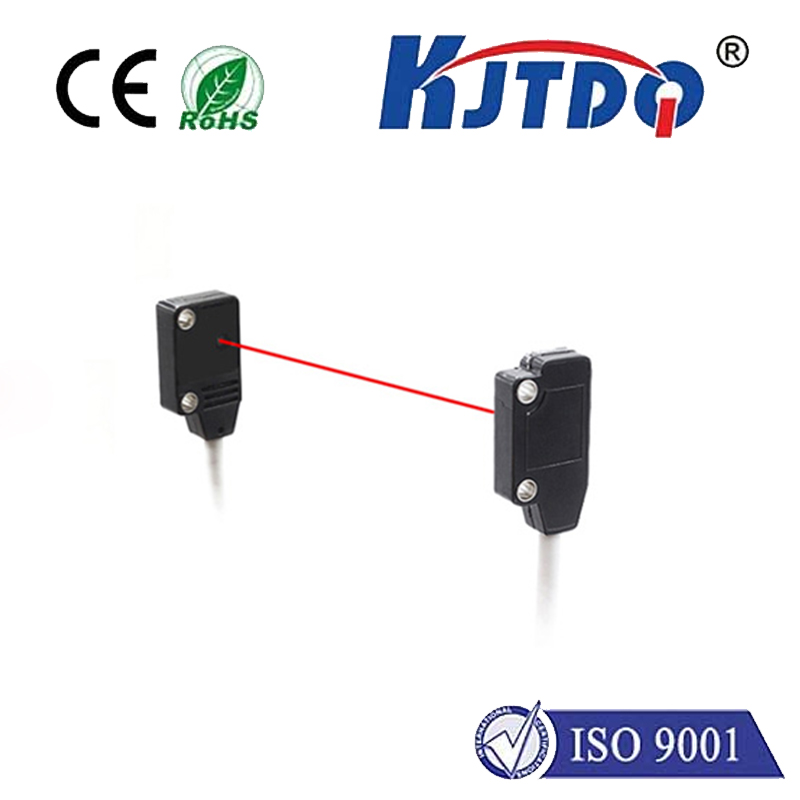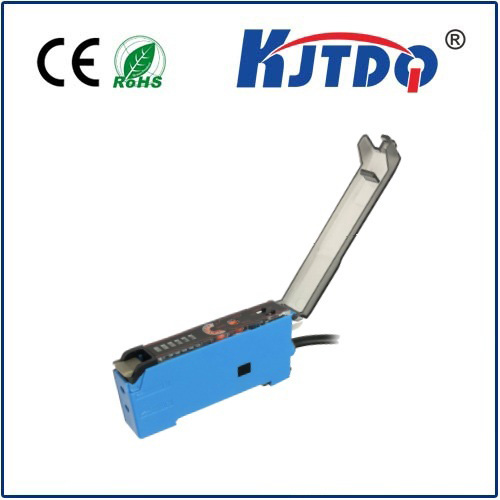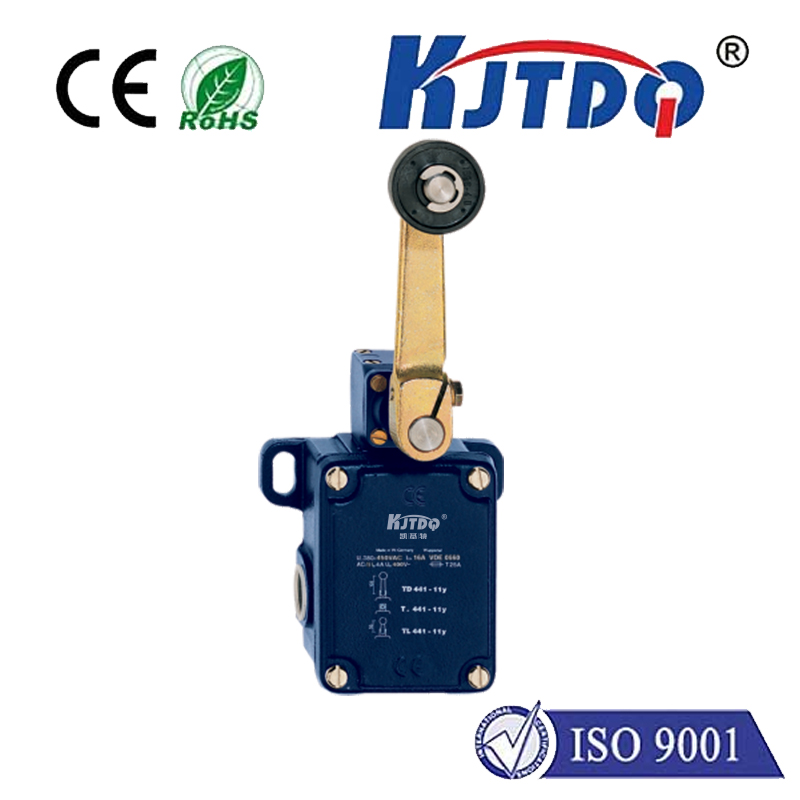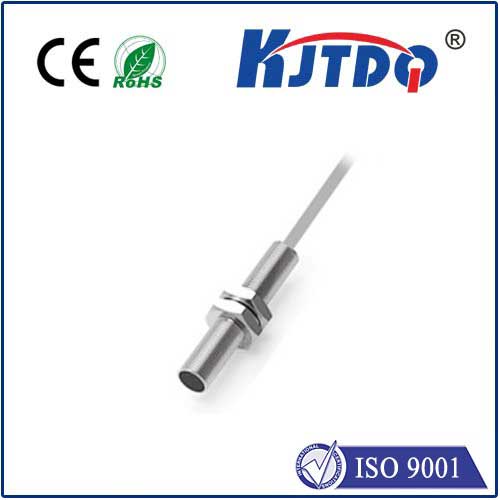capacitive distance measurement proximity sensor
- time:2025-06-28 00:56:15
- Click:0
Sensing the Unseen: How Capacitive Distance Measurement Proximity Sensors Revolutionize Non-Contact Detection
Imagine a world where machines “feel” objects without ever touching them. Where precision measurement happens silently, reliably, even through barriers like glass or plastic. This isn’t science fiction; it’s the everyday reality enabled by capacitive distance measurement proximity sensors. For engineers and automation specialists seeking robust, non-contact solutions, understanding these versatile devices is key. They offer a unique blend of simplicity and sophistication, capable of detecting a vast array of materials with remarkable consistency, making them indispensable in countless industrial and consumer applications.
At its heart, capacitive proximity sensing leverages a fundamental principle of physics: capacitance. Capacitance is the ability of a system to store an electrical charge. A basic capacitor consists of two conductive plates separated by an insulator (dielectric). The capacitance value depends on the plate surface area, the distance between them, and the dielectric constant of the material in between.
A capacitive proximity sensor essentially creates one plate of this capacitor. The sensor’s active face acts as an electrode. The target object (whether conductive like metal or non-conductive like plastic, wood, or liquid) acts as the other plate. The air (or other surrounding material) serves as the initial dielectric. When this target object approaches the sensor face, it disturbs the sensor’s electrostatic field (the fringing field that extends beyond the physical sensor body).
Here’s how the distance measurement magic happens:

- Establishing the Field: The sensor generates a high-frequency oscillating electromagnetic field from its electrode.
- Target Interaction: As a target enters this sensing field, it alters the field distribution. If the target is conductive, it effectively becomes the second capacitor plate. If non-conductive, its dielectric constant differs from air, changing the capacitance between the sensor’s electrode and ground.
- Capacitance Shift: In both cases, the result is a detectable change in capacitance within the sensor circuit. This change is directly related to the distance between the sensor face and the target object. Closer proximity means a larger change in capacitance.
- Signal Processing: Sophisticated internal circuitry continuously monitors this capacitance shift. It converts the subtle change into a measurable electrical signal.
- Output: This processed signal is then provided as an output. Depending on the sensor type, this could be:
- A simple binary (on/off) signal indicating presence within a set threshold (standard proximity mode).
- An analog output (e.g., 0-10V, 4-20mA) proportional to the distance, enabling precise distance measurement.
- A digital output (e.g., IO-Link) transmitting the measured distance value digitally.
Why Choose Capacitive Distance Measurement?
Compared to other sensing technologies like inductive (metal-only), ultrasonic (sound waves), or optical (photoelectric, requires line-of-sight), capacitive sensors offer distinct advantages:
- Material Agnosticism: This is arguably their biggest strength. They reliably detect solids, liquids, granules, powders, pastes, plastics, wood, glass, and even conductive materials through non-conductive barriers. Inductive sensors only see metal; capacitive sensors see almost anything.
- True Non-Contact Operation: No physical touch means zero mechanical wear and tear on the sensor or target, ensuring long operational life and preventing product damage.
- Barrier Penetration: Can detect objects behind thin non-metallic walls, containers, or tubes (e.g., liquid levels inside a plastic tank, powder level in a hopper).
- Contaminant Resistance: Unlike optical sensors, dust, fog, oil mist, and condensation typically have minimal impact on performance, as they don’t block the electrostatic field. However, coating the sensor face with thick conductive material can cause issues.
- Cost-Effective: Generally offer a good balance of features and affordability, especially compared to complex laser distance sensors for certain applications.
- Compact Design: Available in very small form factors for space-constrained installations.
Where Capacitive Distance Measurement Shines: Key Applications
The unique capabilities of capacitive sensors with analog or digital distance output make them ideal where precise proximity information is needed beyond simple presence detection:
- Fill Level Monitoring: Precisely measuring the level of liquids, pastes, or granular solids in tanks, silos, or containers, even through walls. Continuous level control becomes efficient and reliable.
- Thickness Measurement: Gauging the thickness of materials like paper, plastic film, coatings, or non-ferrous metal sheets as they pass through production lines.
- Position Control: Verifying the exact position of objects on conveyors, robotic arms, or within assemblies.
- Vibration & Runout Detection: Monitoring subtle movements or deviations in rotating machinery by measuring the distance variation to a target surface.
- Pill Counting/Stack Height: Precisely counting objects or measuring stack height in pharmaceutical, packaging, and food processing.
- Assembly Verification: Ensuring components are seated correctly at the right height or distance within assemblies.
- Object Profiling: Detecting the contour or profile of non-metallic objects.
- Inventory Control: Tracking the level of materials in bins or hoppers.
Selecting the Right Sensor: Considerations
To harness the full potential of capacitive distance measurement, consider these factors:
- Target Material: While versatile, the dielectric constant of the object influences sensitivity. Materials with high dielectric constants (water, metals) are easier to detect than low-constant materials (foam, some plastics). Sensor sensitivity or range often needs adjustment (e.g., via potentiometer).
- Required Range: Specify the minimum and maximum sensing distances needed. Capacitive sensors typically offer shorter ranges than ultrasonic or optical time-of-flight sensors.
- Mounting & Environment: Consider space constraints, required mounting style (flush or non-flush), temperature extremes, potential chemical exposure, and electrical noise. Protection ratings (IP) are crucial for harsh environments.
- Output Required: Choose between binary switch, analog output (voltage/current proportional to distance), or digital output (providing exact distance values) based on your control system needs.
- Resolution and Accuracy: Define the necessary precision. Industrial grade analog distance sensors typically offer resolutions in microns or fractions of a millimeter.
- Shielding & Grounding: Proper grounding is essential for stable operation and minimizing electromagnetic interference (EMI). Some sensors offer shielded designs to focus the field more directionally.
Capacitive distance measurement proximity sensors are a cornerstone of modern automation, offering a uniquely flexible way to “sense the unseen.” Their ability to precisely measure proximity to virtually any material, often through barriers and in challenging environments, provides solutions where other technologies falter. By understanding their operating principles, key advantages, and application potential, engineers can unlock new levels of efficiency, precision, and reliability in their systems. From ensuring a bottle is filled correctly to guaranteeing a silicon wafer is perfectly positioned, these sensors are quietly shaping the precision world around us.






